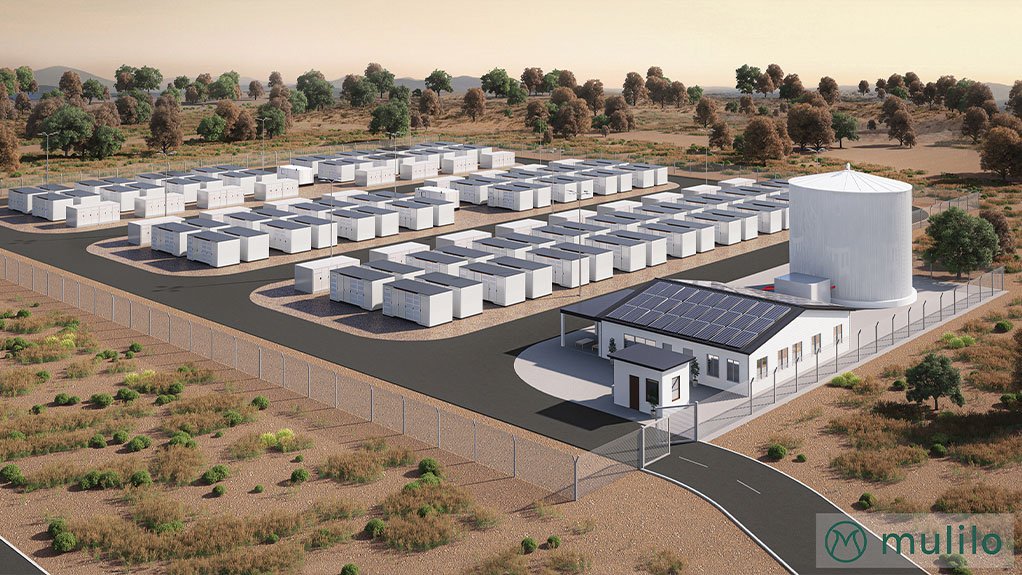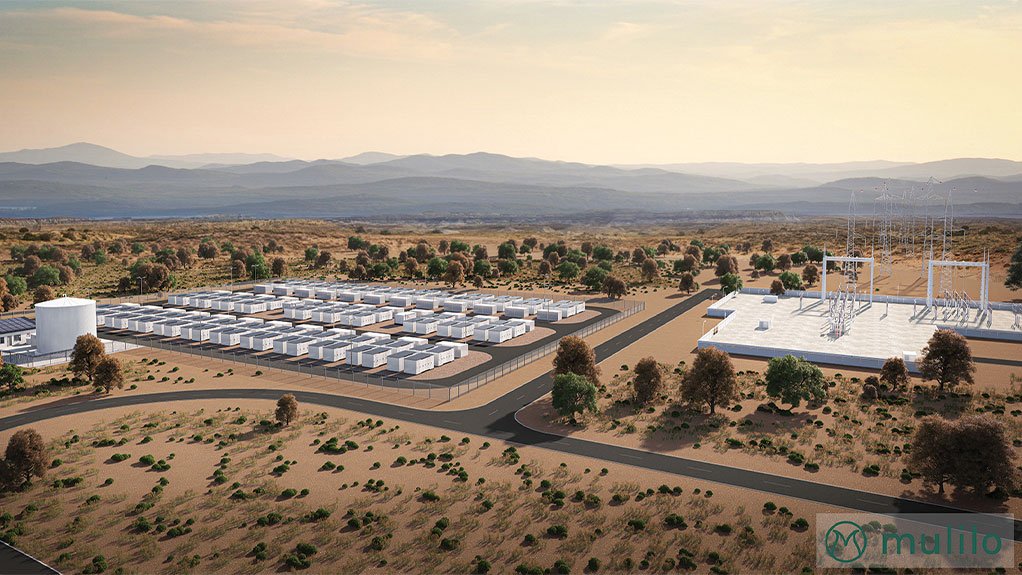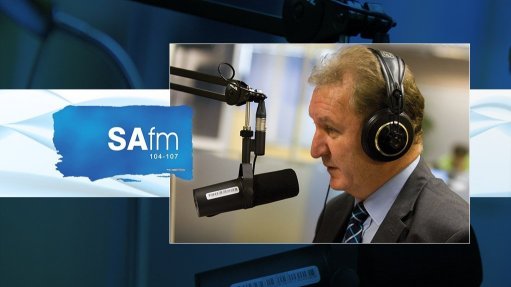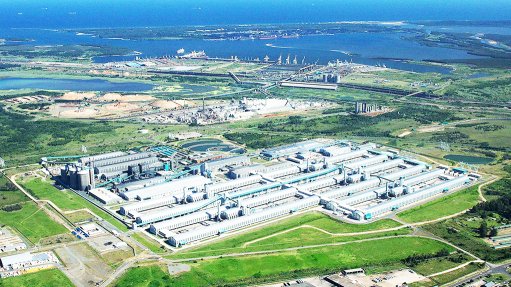From loadshedding to leadership: SA rises with battery storage
South Africa is emerging as one of the most active battery energy storage markets in the developing world, as both government and private-sector players accelerate efforts to stabilise the national grid and integrate more renewable power. Boasting about 1.3 GWh of installed battery capacity, studies show that the country ranks eighth for installed battery energy storage systems (BESS) globally.
This quick rise has been driven by the need to address loadshedding, decarbonise the power system and support renewable generation. Mulilo is one of the companies leading this transition and has positioned BESS at the centre of its growth strategy. Mulilo CEO Jan Fourie says battery storage is no longer optional but essential to South Africa’s energy future.
“It allows us to harness solar and wind energy when it’s abundant and distribute it when it’s needed most, filling the gap left by our baseload power,” he explains. This is transforming how the national grid operates. Battery systems have become a vital tool for reducing reliance on diesel peakers, with Fourie noting that the ability of BESS to respond within milliseconds, gives it an edge over traditional balancing technologies.
Much of South Africa’s progress in deploying large-scale storage has been driven by the government’s Battery Energy Storage Independent Power Producer Procurement Programme. The initiative aims to contract new storage capacity through competitive bidding. “In the first round, Mulilo, in partnership with EDF Renewables, secured 1 GWh of capacity. The company then went on to win all five of its projects in the second round, adding a further 1.5 GWh. In the most recent bidding round, Mulilo was awarded four more projects, totalling 1.97 GWh,” Fourie says.
He adds that this momentum shows the readiness of both the technology and the private sector. “What we need now is consistency in procurement, the launch of the South African Wholesale Electricity Market, and clarity on stacked revenue models to unlock long-term investment.” Revenue stacking, he explains, would allow developers to earn from multiple value streams such as energy trading, ancillary services and capacity provision.
At present, most South African projects rely on a single revenue source, which limits financial competitiveness. “Creating a framework that recognises the full range of benefits BESS can provide would strengthen investment cases and attract greater participation from financiers,” he says. Permits and Licences Despite the country’s steady progress in respect of electricity reforms , permitting and licensing remain complex. Fourie highlights challenges, such as securing specialised permits for large-scale lithiumion installations, particularly fire protection approvals that involve multiple authorities with differing municipal standards.
“The absence of a centralised regulatory process has forced developers to invest considerable resources in navigating compliance. Coordinating grid-connection studies and network upgrades can also delay projects. “Meeting aggressive grid-connection timelines has been difficult because impact studies, connection agreements and network upgrades often extend beyond initially communicated timeframes,” he notes. He adds that simplifying the interface between public- and private-sector players is crucial. Failing to act could undermine the momentum already established, he warns.
The cost of battery technology, while declining globally, also continues to present a hurdle for large-scale adoption. Fourie says that attracting investment requires innovative financial structures and partnerships to spread risk. The company’s vertically integrated approach, covering land acquisition, engineering, construction and long-term operations, helps control costs and improve efficiency. “As South Africa embraces a Just Energy Transition, we’ve repositioned ourselves as a fully integrated independent power producer. We see battery storage not as a bolt-on, but as an essential component of the future energy supply mix,” he says. Mulilo is also embracing digital optimisation to improve system reliability and performance. The company is working with
technology partners that are experienced in international projects to apply AI and data analytics to condition monitoring and predictive maintenance processes. These digital tools are expected to become increasingly important as more BESS projects come online through the procurement programme. Meanwhile, although global lithium-ion markets are experimenting with second-life applications for used batteries, such projects have yet to take hold in South Africa.
Fourie attributes this to limited data and the relatively early stage of the local market. “Battery degradation during first-life applications, particularly under the demanding cycling profiles required by current programmes, is substantial,” he explains. Reusing cells requires testing, sorting and reconfiguration supported by advanced diagnostics, which adds to cost and complexity. Mulilo continues to monitor developments in this space but requires local performance data before it can assess whether
the residual capacity of used systems can serve secondary markets where lower energy density may be acceptable. Although lithium-iron-phosphate batteries dominate current projects for their safety and long lifespan, Fourie acknowledges that alternative technologies are gaining attention.
The company identifies three key enablers for long-duration storage in South Africa: continued cost reduction, a supportive regulatory framework that values duration flexibility, and market evolution that rewards energy arbitrage and ancillary services. He notes that as duration requirements extend beyond four to six hours and as alternatives prove commercially viable, Mulilo will reassess its technology mix. Fourie believes there will be increasing opportunities in ancillary services such as frequency response and grid balancing once the regulatory environment matures.
These models could reduce tariff levels and encourage faster rollout of private investment. Potential For Hybrid Systems While Mulilo’s current focus is on grid-connected utilityscale projects, the company sees huge potential for hybrid systems that combine renewables and storage, says Fourie. Such configurations could strengthen reliability in regions with weak transmission infrastructure and reduce dependence on fossil-fuel backup generation.
“Off-grid solutions aren’t part of our immediate strategy, but hybridisation of grid-connected assets presents a clear opportunity for many South African projects.” As policymakers, utilities and investors continue discussions at various energy summits, Fourie believes the conversation must now position storage at the centre of South Africa’s energy strategy.
“Battery systems are the enabler of the future energy mix. If we can align on regulatory and commercial models, South Africa could lead globally in demonstrating how BESS can transform an entire national grid,” he says. He stresses that collaboration between government, Eskom, financiers and developers will be essential to ensuring streamlined permitting, clear licensing under the Electricity Regulation Act and transparent procurement processes.
The success of South Africa’s energy transition will depend on how quickly large-scale storage can be deployed alongside renewable generation. “Battery storage is the bridge between where we are and where we need to be. It offers the flexibility and resilience required to power a modern, decarbonised South Africa,” concludes Fourie.
Article Enquiry
Email Article
Save Article
Feedback
To advertise email advertising@creamermedia.co.za or click here
Press Office
Announcements
What's On
Subscribe to improve your user experience...
Option 1 (equivalent of R125 a month):
Receive a weekly copy of Creamer Media's Engineering News & Mining Weekly magazine
(print copy for those in South Africa and e-magazine for those outside of South Africa)
Receive daily email newsletters
Access to full search results
Access archive of magazine back copies
Access to Projects in Progress
Access to ONE Research Report of your choice in PDF format
Option 2 (equivalent of R375 a month):
All benefits from Option 1
PLUS
Access to Creamer Media's Research Channel Africa for ALL Research Reports, in PDF format, on various industrial and mining sectors
including Electricity; Water; Energy Transition; Hydrogen; Roads, Rail and Ports; Coal; Gold; Platinum; Battery Metals; etc.
Already a subscriber?
Forgotten your password?
Receive weekly copy of Creamer Media's Engineering News & Mining Weekly magazine (print copy for those in South Africa and e-magazine for those outside of South Africa)
➕
Recieve daily email newsletters
➕
Access to full search results
➕
Access archive of magazine back copies
➕
Access to Projects in Progress
➕
Access to ONE Research Report of your choice in PDF format
RESEARCH CHANNEL AFRICA
R4500 (equivalent of R375 a month)
SUBSCRIBEAll benefits from Option 1
➕
Access to Creamer Media's Research Channel Africa for ALL Research Reports on various industrial and mining sectors, in PDF format, including on:
Electricity
➕
Water
➕
Energy Transition
➕
Hydrogen
➕
Roads, Rail and Ports
➕
Coal
➕
Gold
➕
Platinum
➕
Battery Metals
➕
etc.
Receive all benefits from Option 1 or Option 2 delivered to numerous people at your company
➕
Multiple User names and Passwords for simultaneous log-ins
➕
Intranet integration access to all in your organisation























